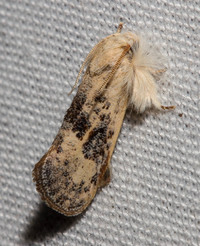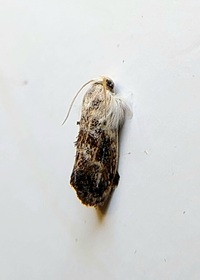
| Recorded by: Mark Basinger on 2025-09-06
Brunswick Co.
Comment: | 
| Recorded by: David George, David Bradley, Becky Watkins, David Cheng, Michelle Lotker, Tracy Feldman, et al. on 2025-06-28
Durham Co.
Comment: |

| Recorded by: Melody McMichael on 2025-06-26
Forsyth Co.
Comment: | 
| Recorded by: Melody McMichael on 2025-06-26
Forsyth Co.
Comment: |

| Recorded by: Mark Basinger on 2025-06-14
Rowan Co.
Comment: | 
| Recorded by: Mark Basinger on 2025-06-14
Rowan Co.
Comment: |

| Recorded by: David George on 2025-06-07
Durham Co.
Comment: | 
| Recorded by: R. Newman on 2025-06-02
Carteret Co.
Comment: |

| Recorded by: R. Newman on 2025-05-06
Carteret Co.
Comment: | 
| Recorded by: David George, Jeff Niznik, Stephen Dunn on 2024-06-29
Chatham Co.
Comment: |
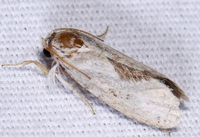
| Recorded by: John Petranka on 2024-06-23
Orange Co.
Comment: | 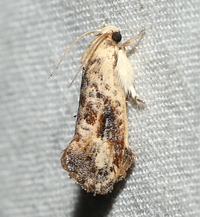
| Recorded by: David George, Stephen Dunn, Jeff Niznik, Patrick Coin on 2024-06-22
Chatham Co.
Comment: |

| Recorded by: David George, Stephen Dunn, Jeff Niznik, Patrick Coin on 2024-06-22
Chatham Co.
Comment: | 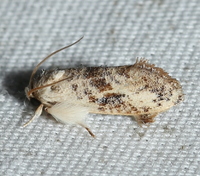
| Recorded by: David George on 2024-06-20
Durham Co.
Comment: |
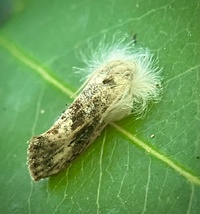
| Recorded by: Ken Kneidel on 2024-06-19
Mecklenburg Co.
Comment: | 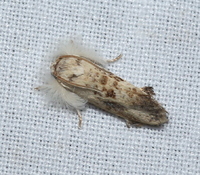
| Recorded by: David George, Steve Hall, Patrick Coin, Mark Basinger on 2024-06-16
Chatham Co.
Comment: |
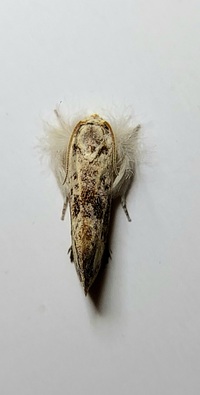
| Recorded by: Mark Basinger on 2024-06-15
Rowan Co.
Comment: | 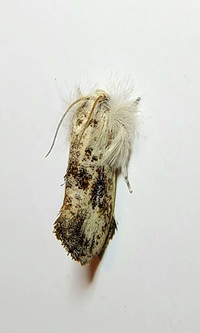
| Recorded by: Mark Basinger on 2024-06-15
Rowan Co.
Comment: |
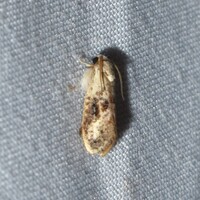
| Recorded by: Jeff Niznik on 2024-06-15
Scotland Co.
Comment: | 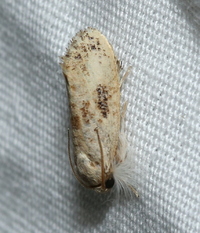
| Recorded by: David George on 2024-06-14
Durham Co.
Comment: |
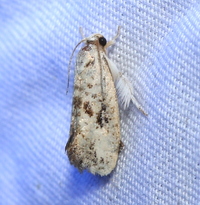
| Recorded by: David George on 2024-06-13
Durham Co.
Comment: | 
| Recorded by: Dean Furbish on 2024-06-11
Wake Co.
Comment: |

| Recorded by: Mark Basinger on 2024-06-10
Wilson Co.
Comment: | 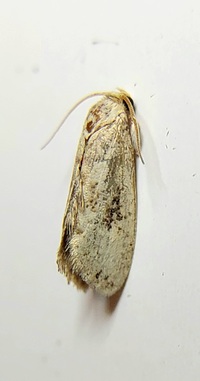
| Recorded by: Mark Basinger on 2024-06-10
Wilson Co.
Comment: |
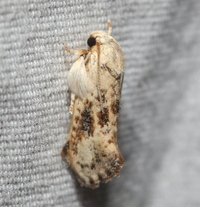
| Recorded by: David George, Tracy Feldman, Jeff Niznik, Rich Teper, Patrick Coin, Becky Watkins on 2024-06-08
Wake Co.
Comment: | 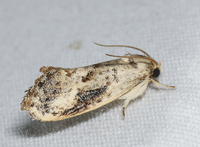
| Recorded by: John Petranka on 2024-06-07
Orange Co.
Comment: |

| Recorded by: David George, Jeff Niznik on 2024-06-01
Chatham Co.
Comment: | 
| Recorded by: Mark Basinger on 2024-05-27
Brunswick Co.
Comment: |

| Recorded by: Mark Basinger on 2024-05-27
Brunswick Co.
Comment: | 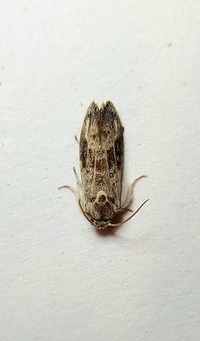
| Recorded by: Mark Basinger on 2024-05-25
Brunswick Co.
Comment: |
|

 »
»